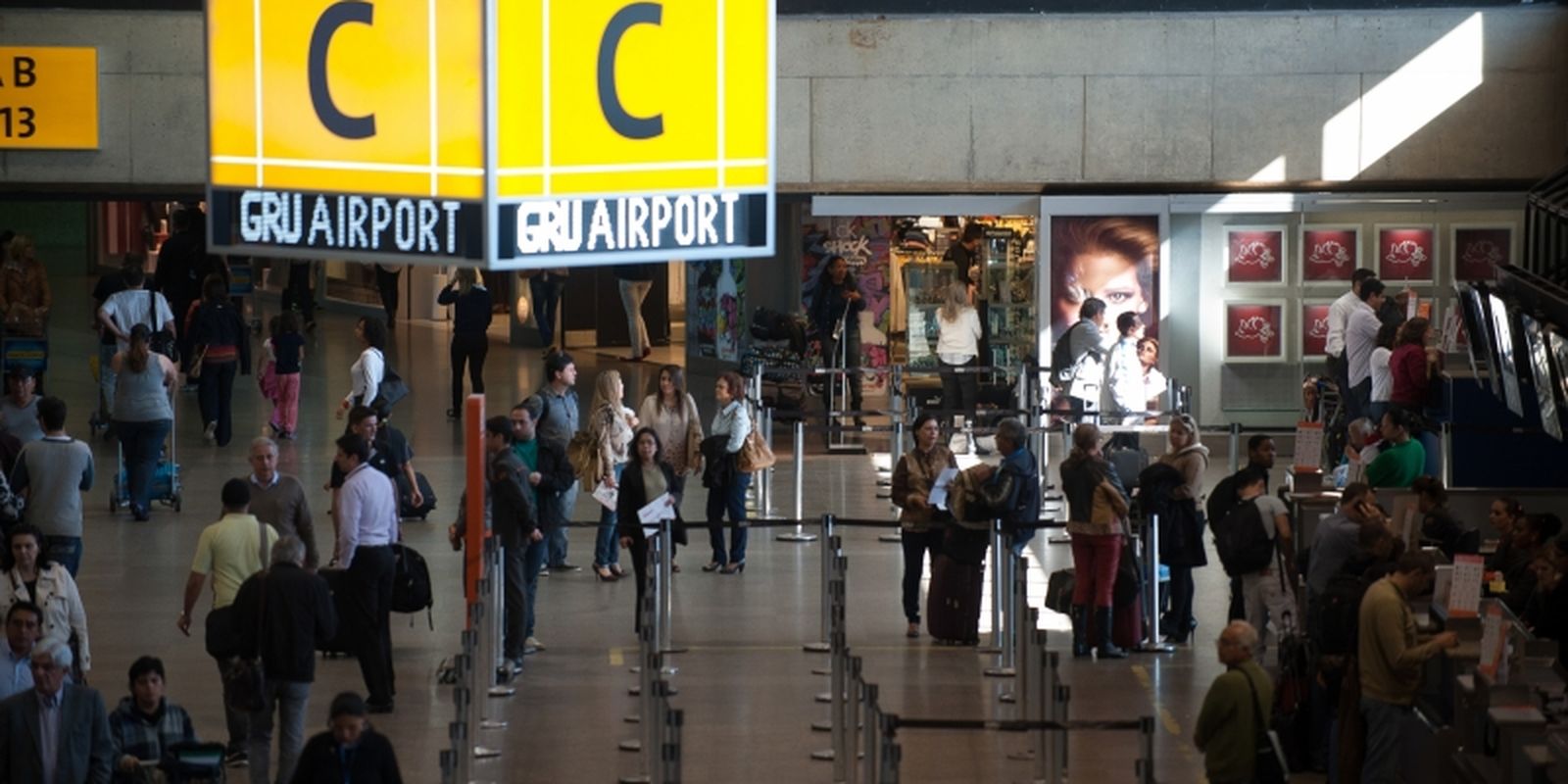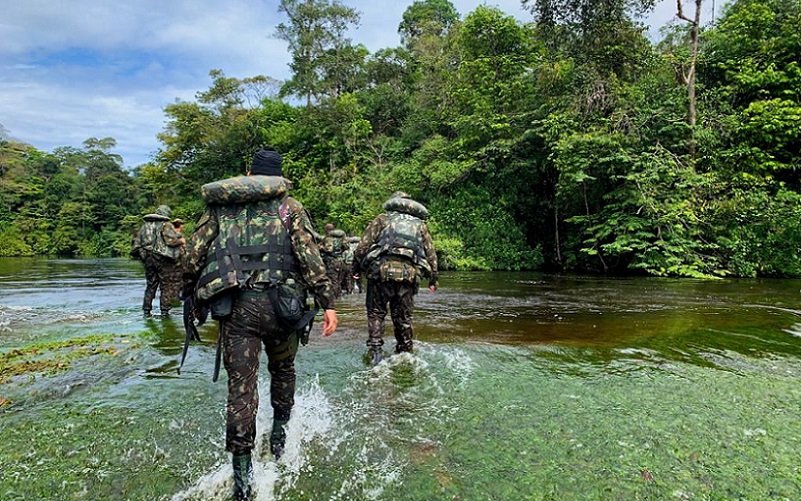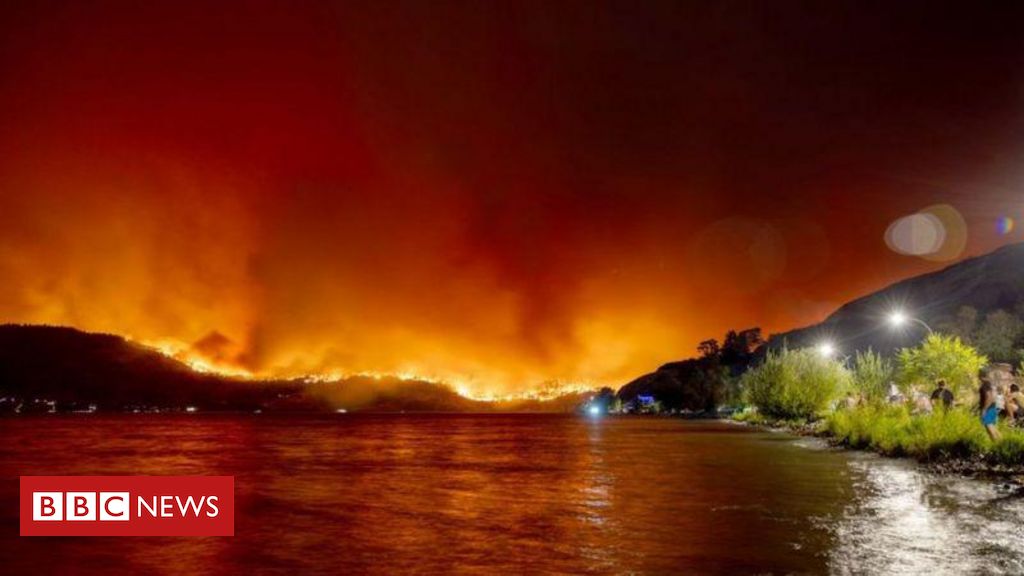Endangered
There are 19 populations of polar bears distributed in Russia, Alaska (USA), Norway, Greenland and Canada. But Hudson Bay is among the southernmost places, and scientists predict bears there will likely be among the first to disappear.
“In some ways it’s downright shocking,” said John Whiteman, chief researcher at the nonprofit Polar Bears International. “What’s really concerning is that these types of declines are the kind that, unless sea ice loss is halted, should eventually cause extinction.”
Polar bears depend on the ice to feed on seals, travel and reproduce. But lately, around Hudson Bay, seasonal sea ice is melting in early spring and forming in late fall, forcing bears to go longer without food.
Since the 1980s, the bay’s ice cover has shrunk nearly 50% in summer, according to the US National Snow and Ice Data Center. Moreover, in the Arctic, global warming is up to four times faster than in other parts of the planet.
A study published in the journal NatureClimate Change in 2021 found that most of the world’s polar bear populations could collapse by 2100 if greenhouse gas emissions are not tightly controlled. According to the study, there were 1,200 polar bears on the western shores of Hudson Bay in the 1980s, twice as many as there are today.

“Freelance communicator. Hardcore web practitioner. Entrepreneur. Total student. Beer ninja.”







